Search
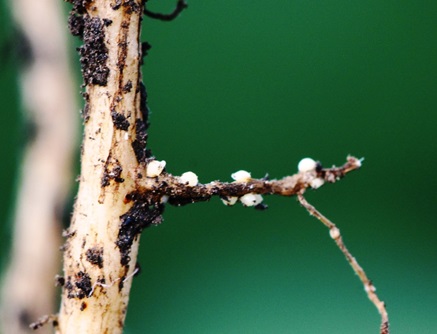
Scout and Soil Test for the Soybean Cyst Nematode
Soybean cyst nematode (SCN) is the main soybean production constraint in South Dakota. Soybean plants can be infested with SCN but may not display visible symptoms.

Seeing Dead Soybean Plants in a Circular Pattern? Could Be Due to Lightning
While quite uncommon for lightning to damage row crops, it does happen. Thunderstorms can have lightning that can burn soybeans plants leading to their death.
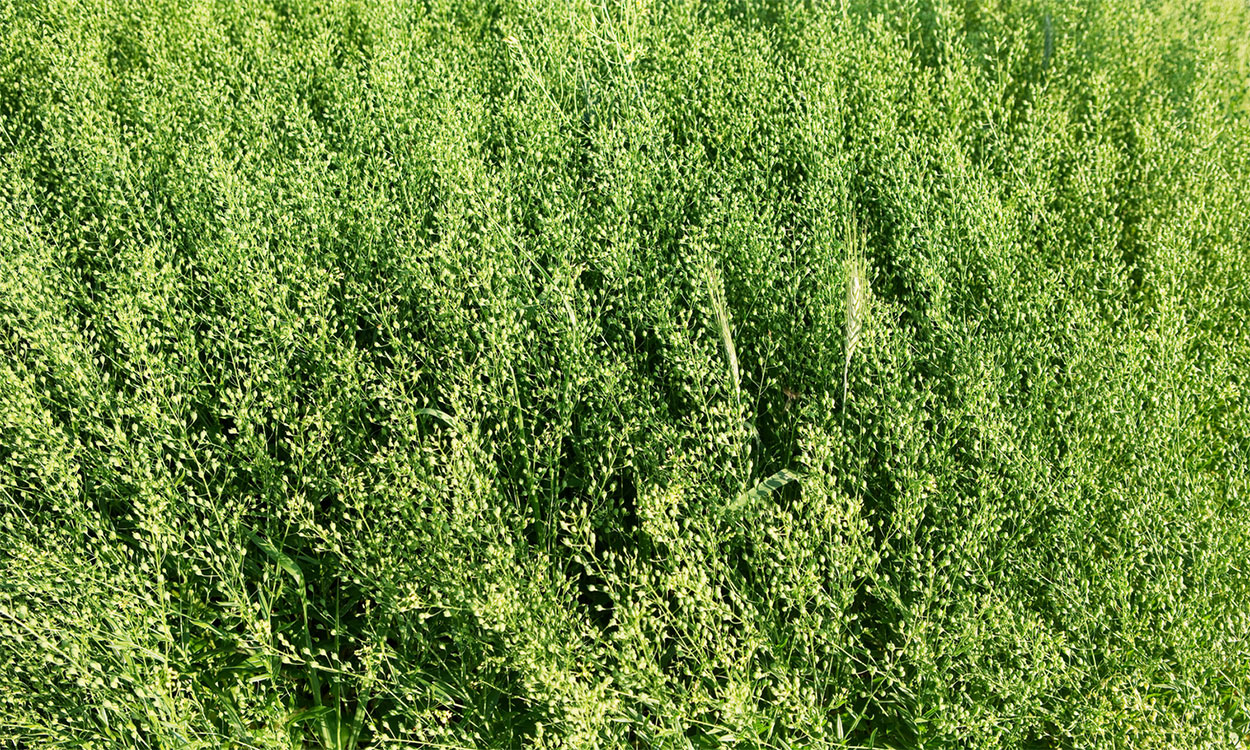
Spring and Winter Camelina in South Dakota
In the semi-arid, western portion of South Dakota, camelina has potential value as a fall-seeded cover crop, providing flexibility in crop rotations for improving soil health.

Five Range Management Principles: #3 Ecosystem Biodiversity
Milkweed can help make rangelands a better environment for both cattle and neighboring plants and animals by having a shielding effect on companion plants, preventing erosion and accelerating the decomposition process, whole also providing nectar, habitat and organic material for ecosystem services.
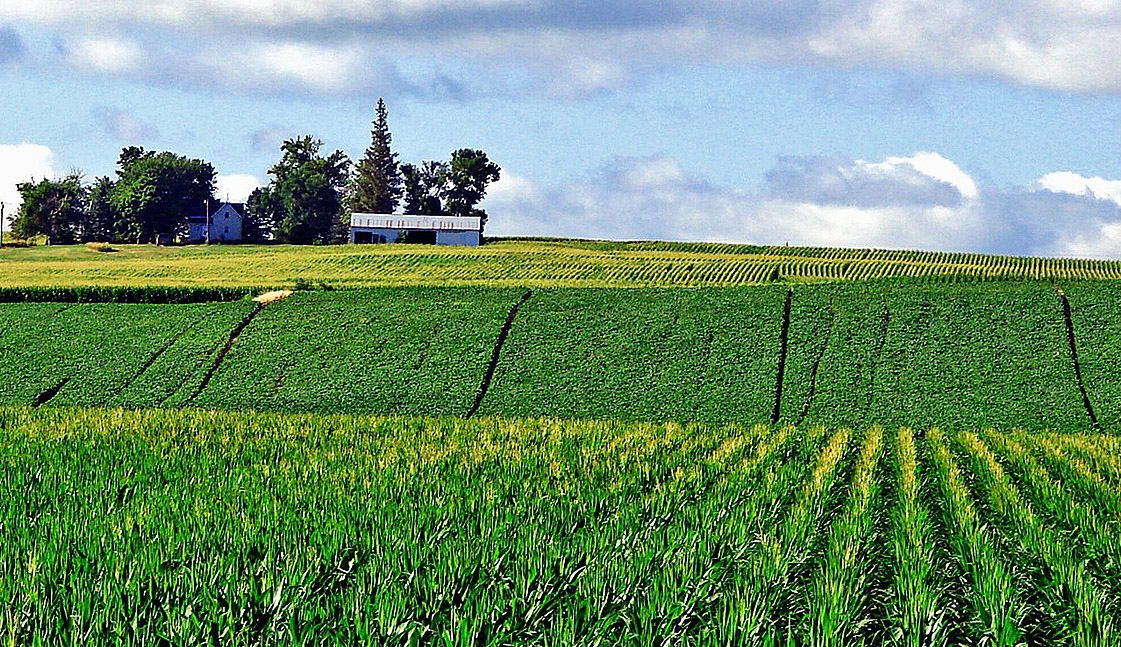
Fall Cover Crops Boost Soil Arbuscular Mycorrhizal Fungi Which Can Lead To Reduced Inputs
Fall cover crops provide multiple benefits to producers. These benefits include pathogen and pest protection, drought protection, weed control, reduced soil erosion, nutrient acquisition and retention, increased soil organic matter, and conservation of soil water by improvement of soil structure that increases infiltration and water holding capacity.

Effects of Plant Growth Regulator in Oats
Plant growth regulators are human-applied chemicals that manipulate the hormone functions in plants. Learn how they can be used in oats to help reduce lodging and prevent yield loss.
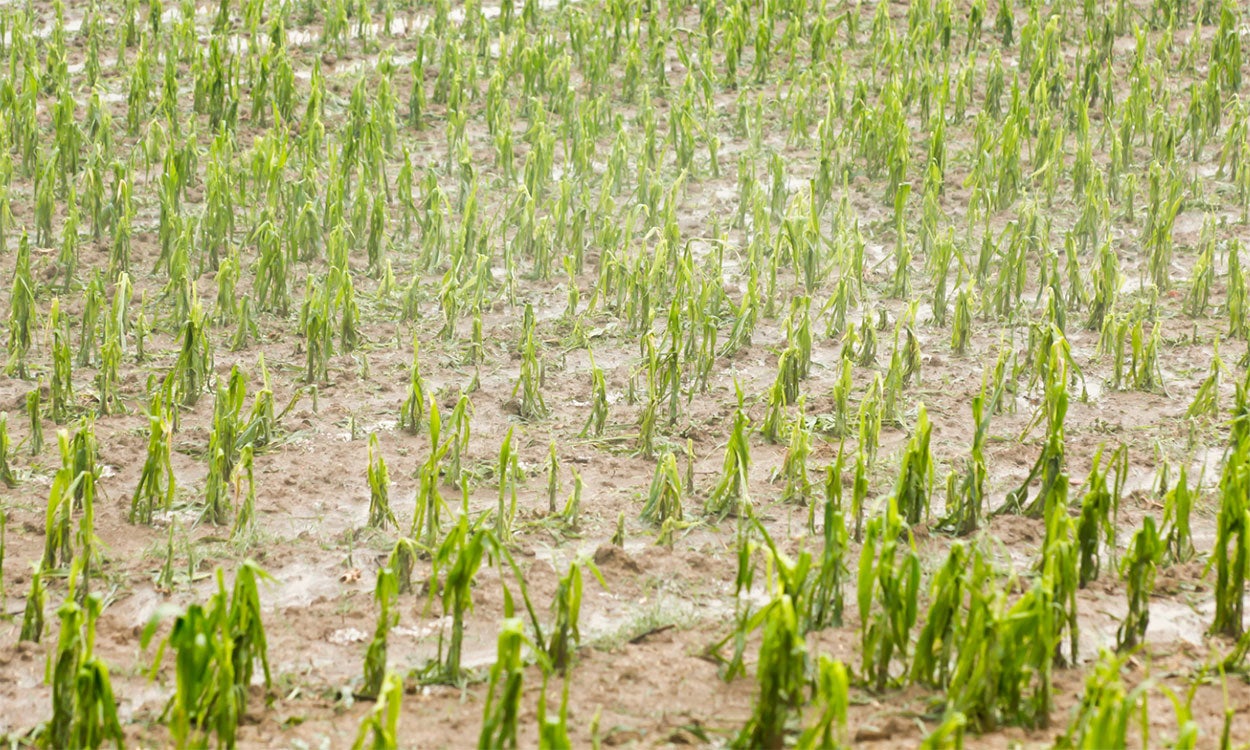
Are Fungicides Needed on Crops Damaged by Wind, Sand Blasting or Hail?
When extreme weather brings hail and sand blasting to fields, many growers wonder if a fungicide application is needed afterwards to protect wounded plants from bacterial diseases.
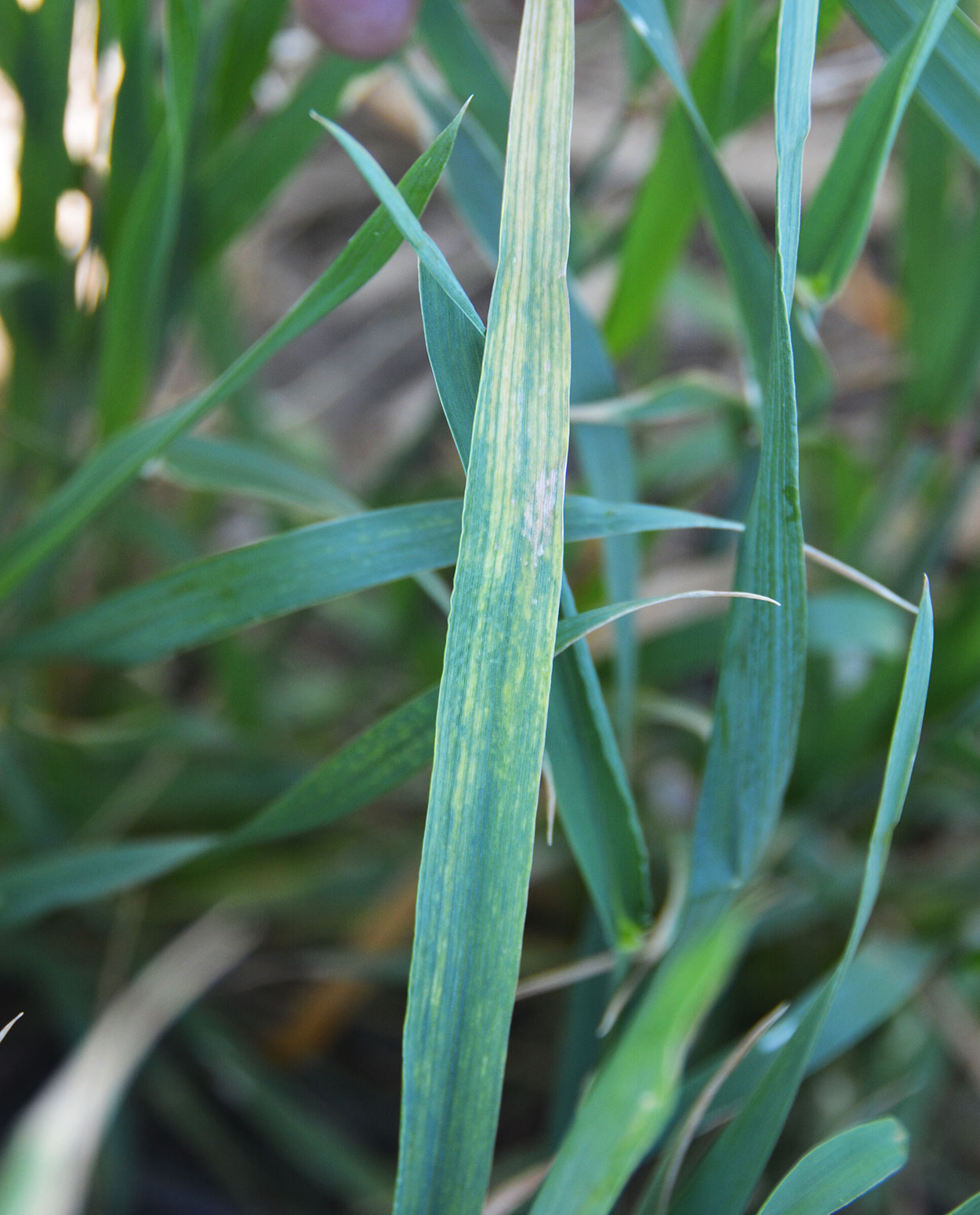
Wheat Streak Mosaic Virus Showing Up in Fields
Wheat streak mosaic virus is a viral disease, which has been found in samples recently sent into the SDSU Plant Diagnostic Clinic. Learn how to identify it before it takes a toll on wheat crops.

Alfalfa Harvest Timing and Objectives
Guessing when to make that first cutting can be difficult, as using plant maturity or calendar dates alone can be quite risky. Get the most out of your first cutting with some expert tips that consider the timing and objectives of alfalfa harvest.
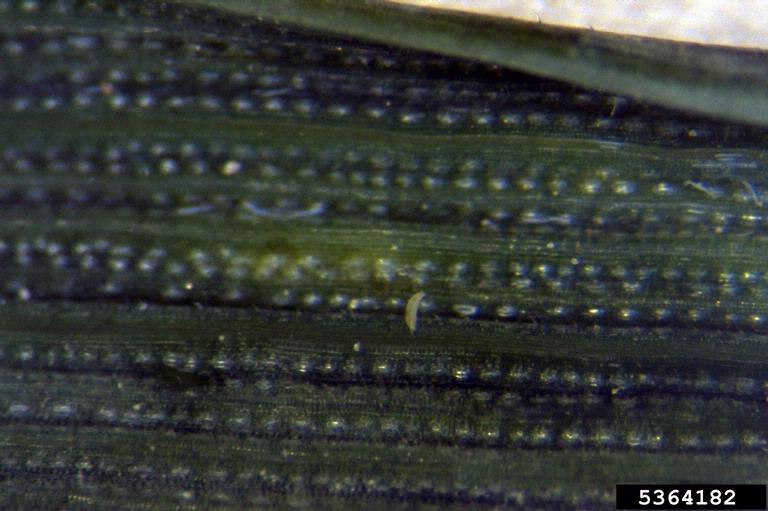
Managing Wheat Curl Mite
Wheat curl mite is one of the more difficult pests to manage in wheat. This is in part due to the limited options available for preventing populations from infesting a field and rapidly reproducing.